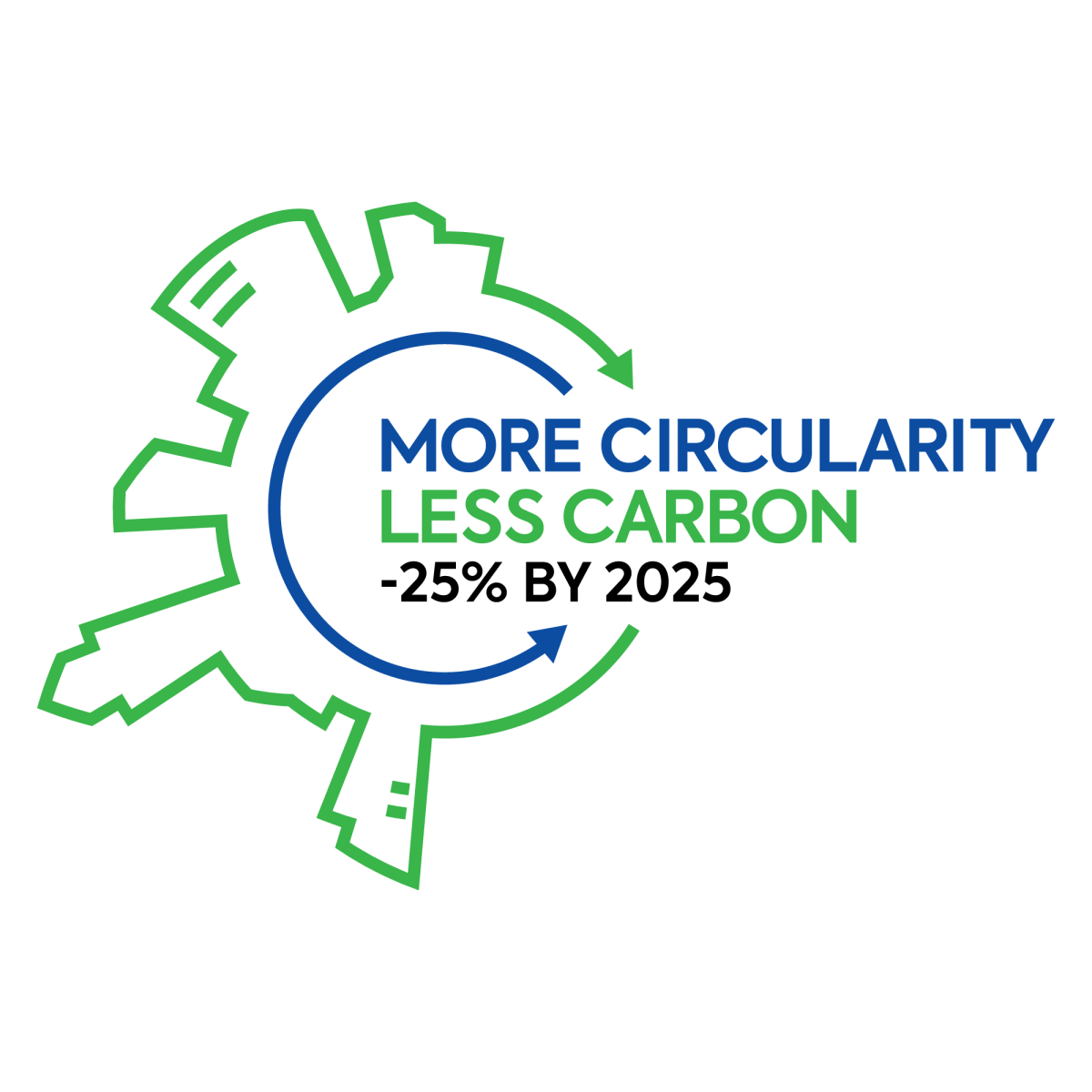The context
The Paris Agreement
The Paris Agreement set a global action plan to limit global warming below 2°C above pre-industrial level, with the aim to significantly reduce the risks linked to climate change by limiting the increase of temperatures to 1.5°C by 2100. According to the Intergovernmental Panel on Climate Change (IPCC), it implies reaching net zero CO2 emissions globally in 2050.
The potential of circular economy
- To reach carbon neutrality in 2050, the carbon footprint of EU citizens must decrease from about 11 tCO2e to 4 tCO2e per inhabitant in 2030;
- According to different sources, the impact of food and material production accounts for 33% to 45% of the European carbon footprint;
- Circular economy has a tremendous potential to mitigate the impact of products, by preventing waste generation, extending the lifetime of products, and closing the loops of materials.
It is possible for European cities and regions to reduce the EU carbon footprint of several key sectors by implementing ambitious, yet feasible actions. These sectors are: food, construction, textiles, electronic and electrical equipment, plastic. However, these key sectors might be different from one territory to another, depending on the current practices, consumption patterns, and local context.


EU carbon footprint of several key sectors - ACR+*
It is also important to note that waste management has a rather limited direct impact on carbon emission. Waste-centred approaches are too limited to effectively tackle the carbon footprint of material resources. Circular economy strategies should therefore focus more on production and consumption, and on the production of relevant secondary raw materials to decrease the extraction of virgin materials.
ACR+'s 25th anniversary, making the link between circular economy and climate mitigation
For more than 25 years, ACR+ has been supporting cities and regions in their transition towards a circular economy by promoting a sustainable resource management, encouraging the exchange of good practices and experiences between members, and sharing technical and policy information. The network strongly advocates for the key role of cities and regions in the circular economy.
To celebrate its anniversary and push further its message, ACR+ was determined make the link between circular economy and climate mitigation. For that, it was necessary to show that cities and regions are crucial players to reduce the carbon footprint of several key sectors by implementing ambitious yet feasible actions to prevent losses and waste, extend the lifetime of products, and close the loops of materials.
This is how the More Circularity, Less Carbon campaign was born.
*Sources: Deloitte, 2016, Circular economy potential for climate change mitigation; Eurostat, 2017, Emissions of greenhouse gases and air pollutants from final use of CPA08 products; Material Economics, 2018, The Circular Economy - a Powerful Force for Climate Mitigation ; Ellen MacArthur Foundation, 2017, A new textiles economy: Redesigning fashion’s future; IPCC, 2018, Global warming of 1.5




